Microsoft Flight Simulator looks poised for a graceful arrival on Xbox Series X and Xbox Series S, with impressive results, especially on the $299 console.
Microsoft Flight Simulator hits Xbox Series X and Xbox Series S on July 27, marking its console debut almost one year after the title first hit Windows PCs. This global sandbox leverages satellite imagery and real-world mapping data to deliver a digital double of the entire planet, proudly boasting billions of trees and tens of thousands of airports. It was all made possible by Microsoft's in-house cloud empire, feeding two petabytes of data to users in real-time, at an otherwise unimaginable scale.
While this iteration leveraged cloud technologies to ease the load on PCs, it still brought even the best hardware on the market to its knees. The high visual fidelity and complex underlying systems prove challenging for the best CPUs and GPUs. And with its next expansion to Xbox Series X and Xbox Series S, Microsoft Flight Simulator is the greatest test for the hardware to date.
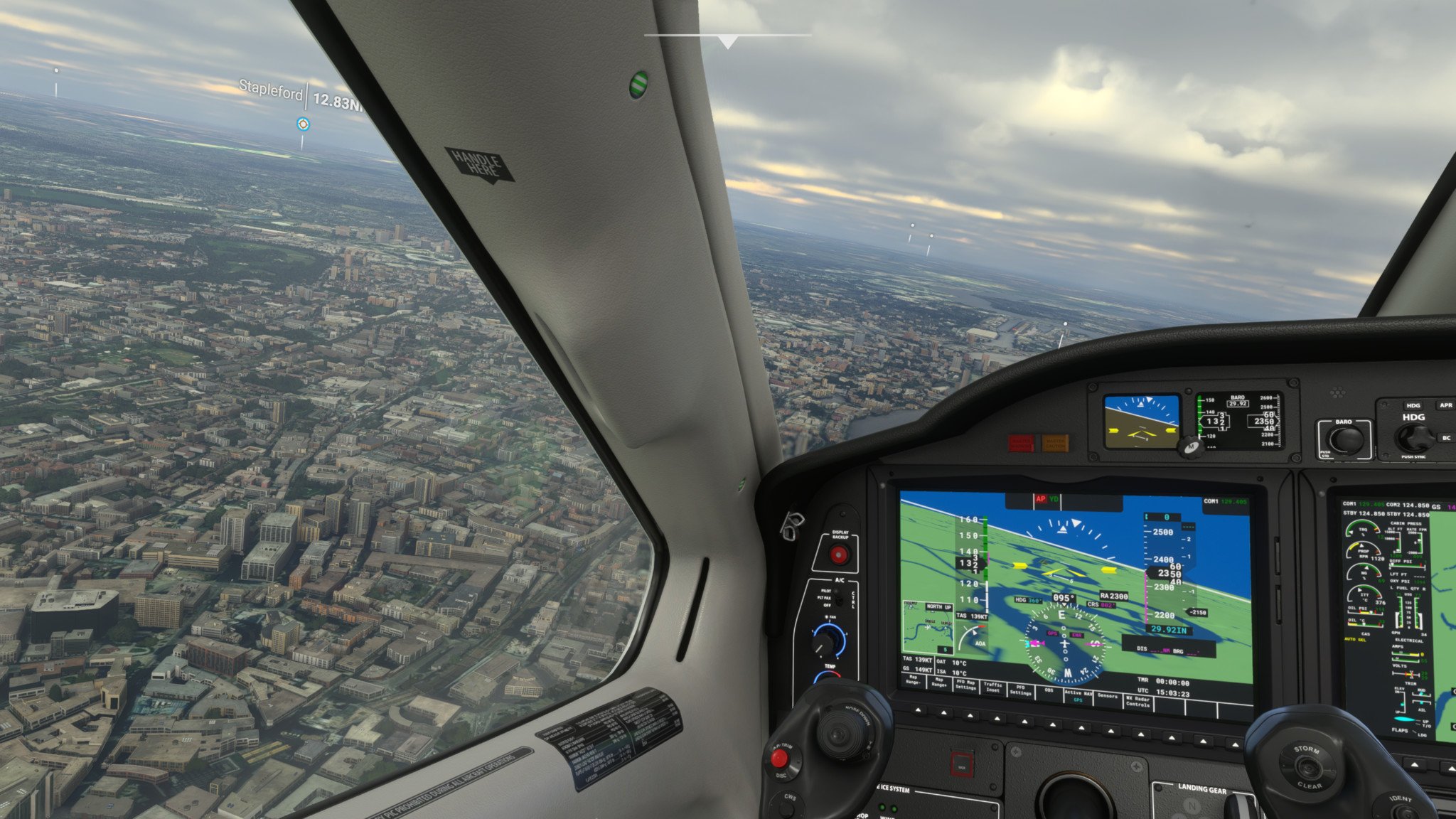 Microsoft Flight Simulator on Xbox Series X.
Microsoft Flight Simulator on Xbox Series X.
I've spent a few hours between the Xbox Series X and Xbox Series S versions of Microsoft Flight Simulator via an early preview build provided by Microsoft. While I'm still pulling together my final impressions for a full-fledged review, I wanted to share an early insight into how the two console versions play – and ultimately whether performance is up to scratch for those getting their first time with the game on console.
Microsoft Flight Simulator is one of the rare true "next-gen" experiences for Xbox Series X and Xbox Series S, as the platform holder's first title skipping the Xbox One series of consoles. Various advancements present in the new Xbox consoles are especially beneficial for a title like Microsoft Flight Simulator, as a notoriously CPU-bound PC release best served with solid-state drive (SSD) storage. It gives these latest consoles an innate advantage over the previous generation, helping justify that exclusivity.
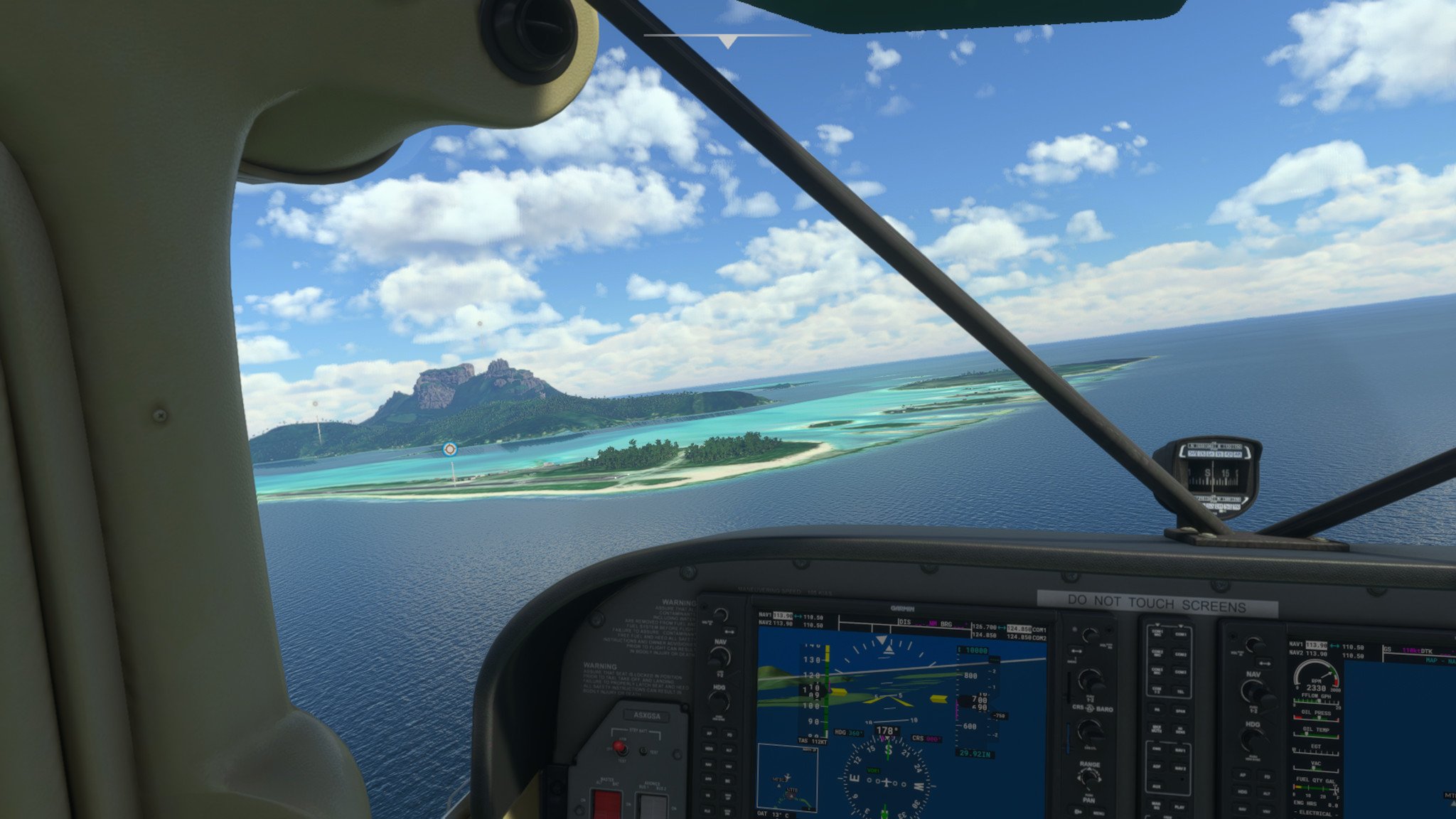 Microsoft Flight Simulator on Xbox Series S.
Microsoft Flight Simulator on Xbox Series S.
The hardware in Xbox Series X and Xbox Series S could shine under these circumstances. The flagship targets 4K resolution at 30 frames-per-second (FPS) when playing Microsoft Flight Simulator, whereas its affordable console eyes 1080p resolution at 30 FPS. Those unfamiliar with the title shouldn't be deterred by the lack of 60 FPS or 120 FPS options, with the tradeoff often wasted on this naturally slower-paced genre.
Xbox Series X and Xbox Series S both surprisingly maintained their 30 FPS performance targets in my initial hours, often exceeding expectations with their visuals. The two consoles have left me consistently in awe, delivering stellar experiences, especially for a title renowned as taxing on PC. While I've encountered minor frame drops on both consoles, and in some cases, rare momentary stutters when at low altitudes in densely populated areas (especially in London), the title otherwise delivers steady performance across the clock. They're nothing to worry about, as locations that would push my PC to the maximum, too.
Microsoft Flight Simulator preview build running at 4K resolution on Xbox Series X.
Xbox Series X openly flexes its graphical prowess over Xbox Series S, with visual differences extending beyond resolution. Microsoft Flight Simulator and its cloud technologies leave it best experienced via high-speed internet, with a stable gigabit connection used in our testing. The Xbox Series X version currently appears to be pulling significantly higher-quality assets, and while not pushing the best available visuals, it rivals some of my best experiences on PC.
The Xbox Series S delivers mixed results, largely dependent on the geographical features of the location, weather conditions, and other variables. Besides the drop in resolution, there were some points I could easily pass this gameplay as Xbox Series X, a slip-up I was keen to avoid when compiling screenshots. However, satellite imagery and foliage sometimes appear overtly hazy in some locations, especially at low altitudes in busy areas.
You don't need me to state that Xbox Series X comes out on top, with 4K resolution and better textures cementing this as a technical showcase for the generation. But Flight Simulator also maintains a high standard on the affordable console, historically doubted for its mixed results across the optimized titles to date. I can see the compromises to deliver this experience on $299 hardware, but there's no other way to achieve this level of quality on a budget. We'll have more on Microsoft Flight Simulator performance testing, and our impressions, over the coming days with our full review.
Microsoft Flight Simulator preview build running at 1080p resolution on Xbox Series S.
Those initial hours with Microsoft Flight Simulator on Xbox have also provided an opportunity to trial the latest optimizations around gamepads. It's no easy feat for a complex title to condense its inputs to the gamepad, with the limited number of inputs undoubtedly raising some new challenges.
The new controller layout makes Flight Simulator relatively accessible, and with a basic understanding of fundamental control surfaces and operations, it's easy to get into the air. Crucial inputs that impact attitude, camera movements, throttle all have dedicated buttons, with various combinations available for more advanced options. The LB and RB buttons also serve as modifiers, opening up combos for more camera movements and other surfaces. However, the PC roots remain evident throughout the title, with many menus still using a messy cursor-style input.
The main disappointment at launch falls outside Microsoft's control, lacking a vibrant third-party hardware ecosystem compatible with the consoles. Turtle Beach will launch its Velocity One yoke and throttle later this year, while Honeycomb Aeronautical refreshes its best Flight Simulator gear with Xbox compatibility in 2022. The current options are the Thrustmaster T.Flight HOTAS X, an entry-level setup, and the HORI HOTAS flight stick with its well-documented shortcomings.
It means the Xbox controller, or hooking up a compatible mouse and keyboard, is likely your best option out there this summer. It's a shame the consoles miss out on many of the top peripherals, with the initial launch ideal for casual newcomers over seasoned pilots.
Microsoft Flight Simulator launches on July 27 for Xbox Series X and Xbox Series S, included with Xbox Game Pass at launch, and is now available for preorder. We're still in our early hours with the console versions of the games, so be sure to leave any questions down in the comments ahead of our more extensive Xbox review.
Landing on Xbox
Microsoft Flight Simulator
From $60 at Microsoft $60 at Amazon
Microsoft Flight Simulator heads to consoles
After shattering expectations and setting bars on PC, Microsoft Flight Simulator is officially making the jump to consoles by releasing for Xbox Series X|S on July 27, 2021. You can now preorder the Xbox version of Microsoft Flight Simulator, with three content-packed editions from which to choose.
 Reviewed by admin
on
July 23, 2021
Rating:
Reviewed by admin
on
July 23, 2021
Rating:
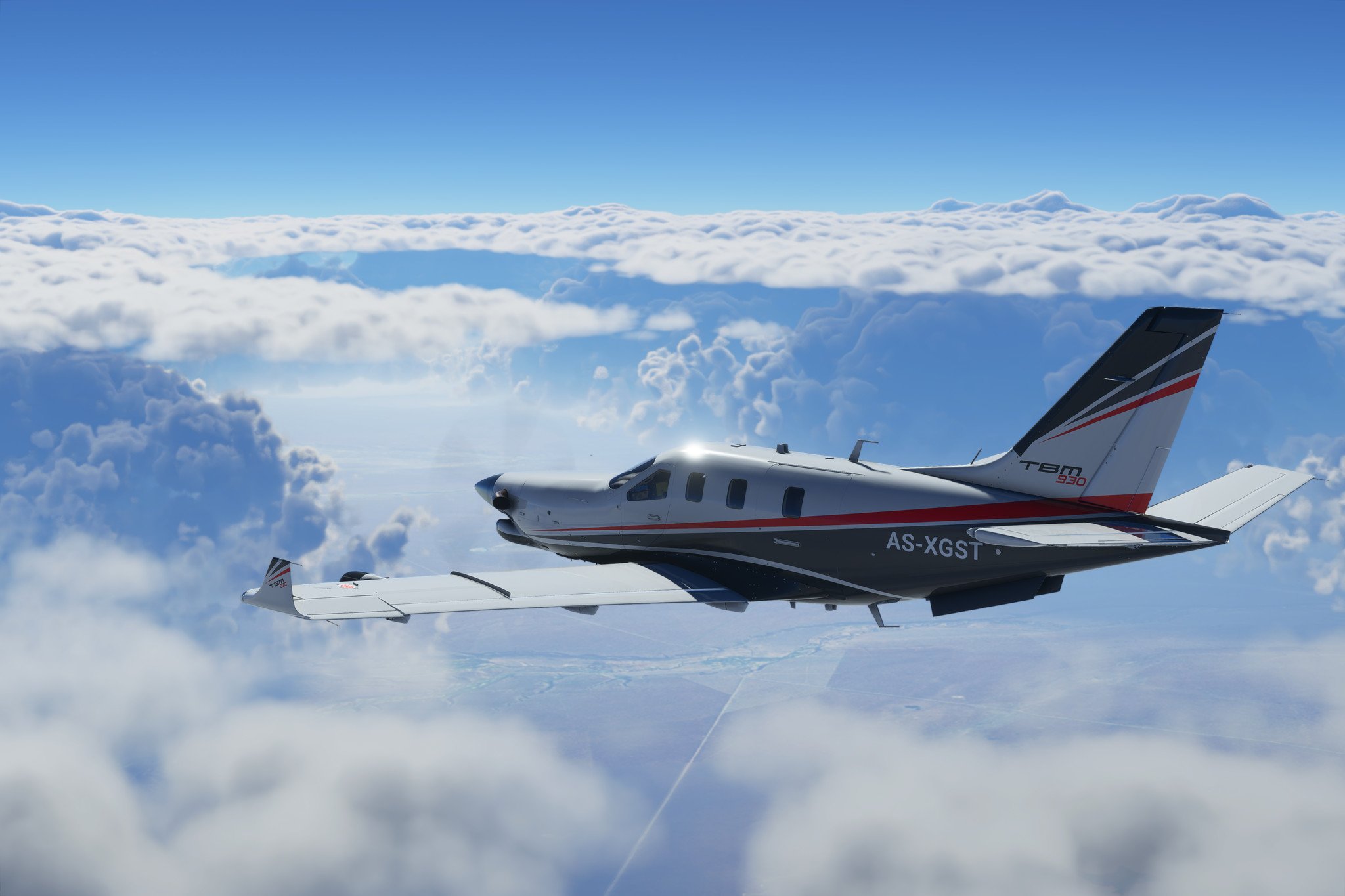
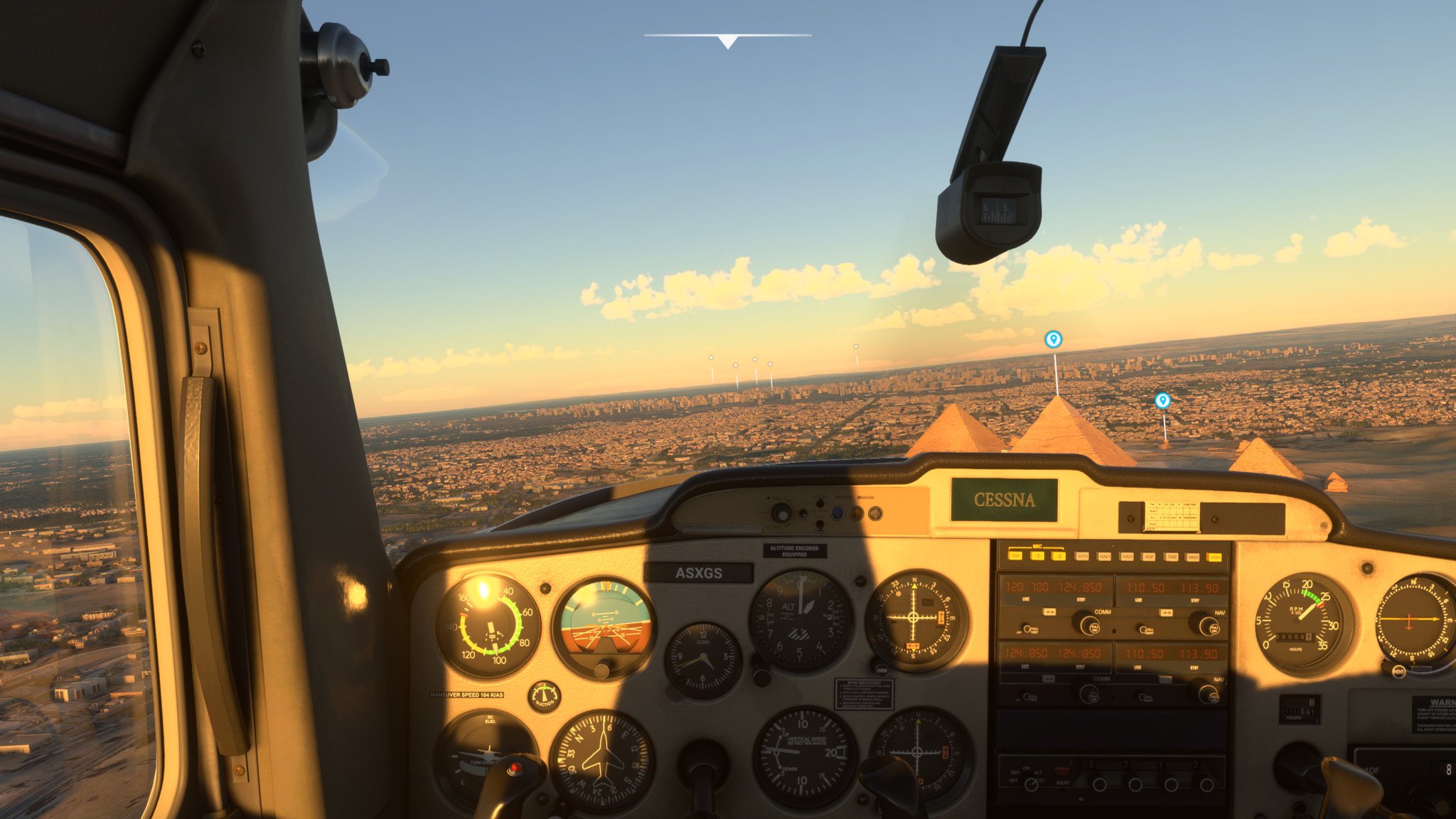
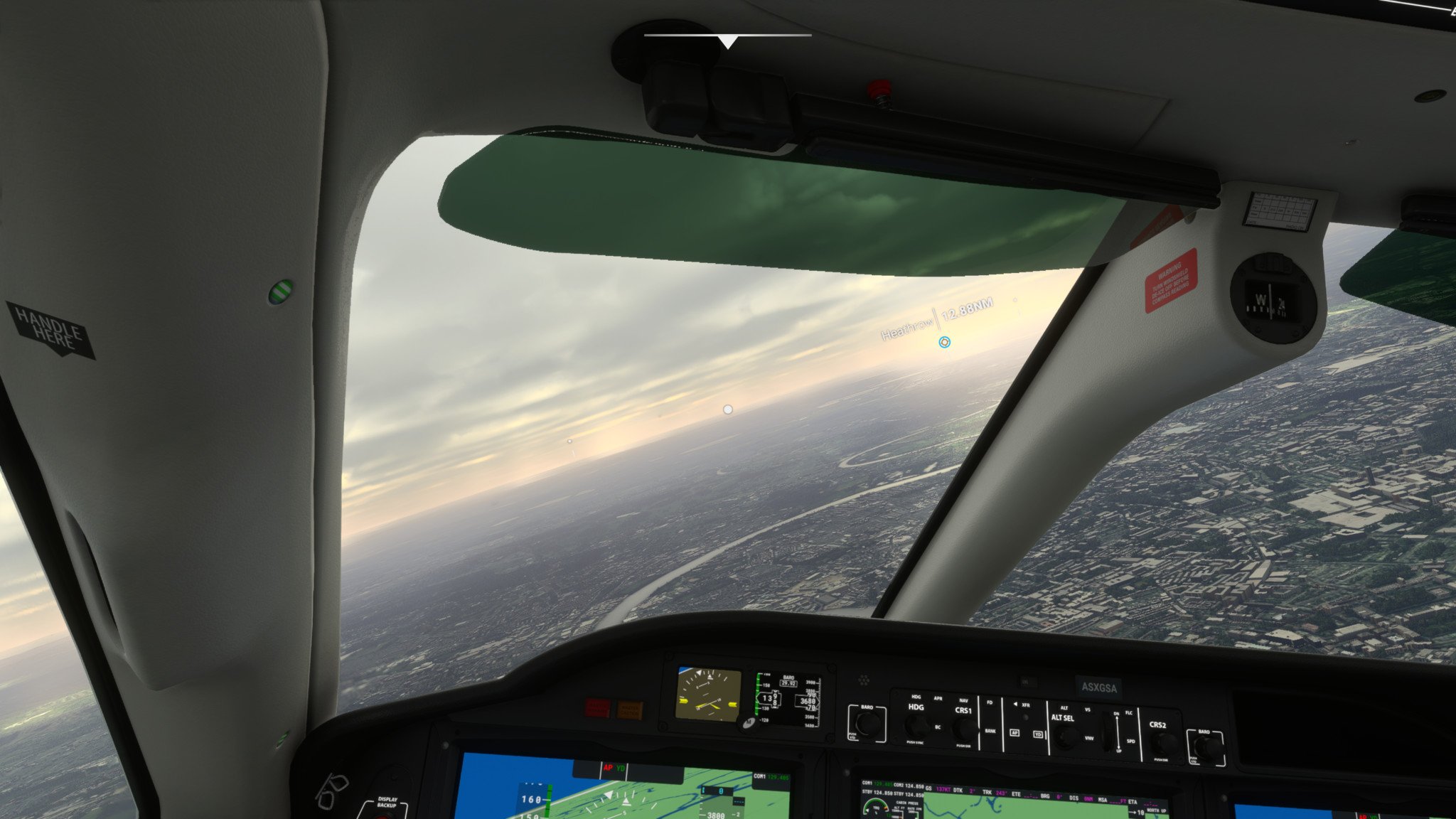
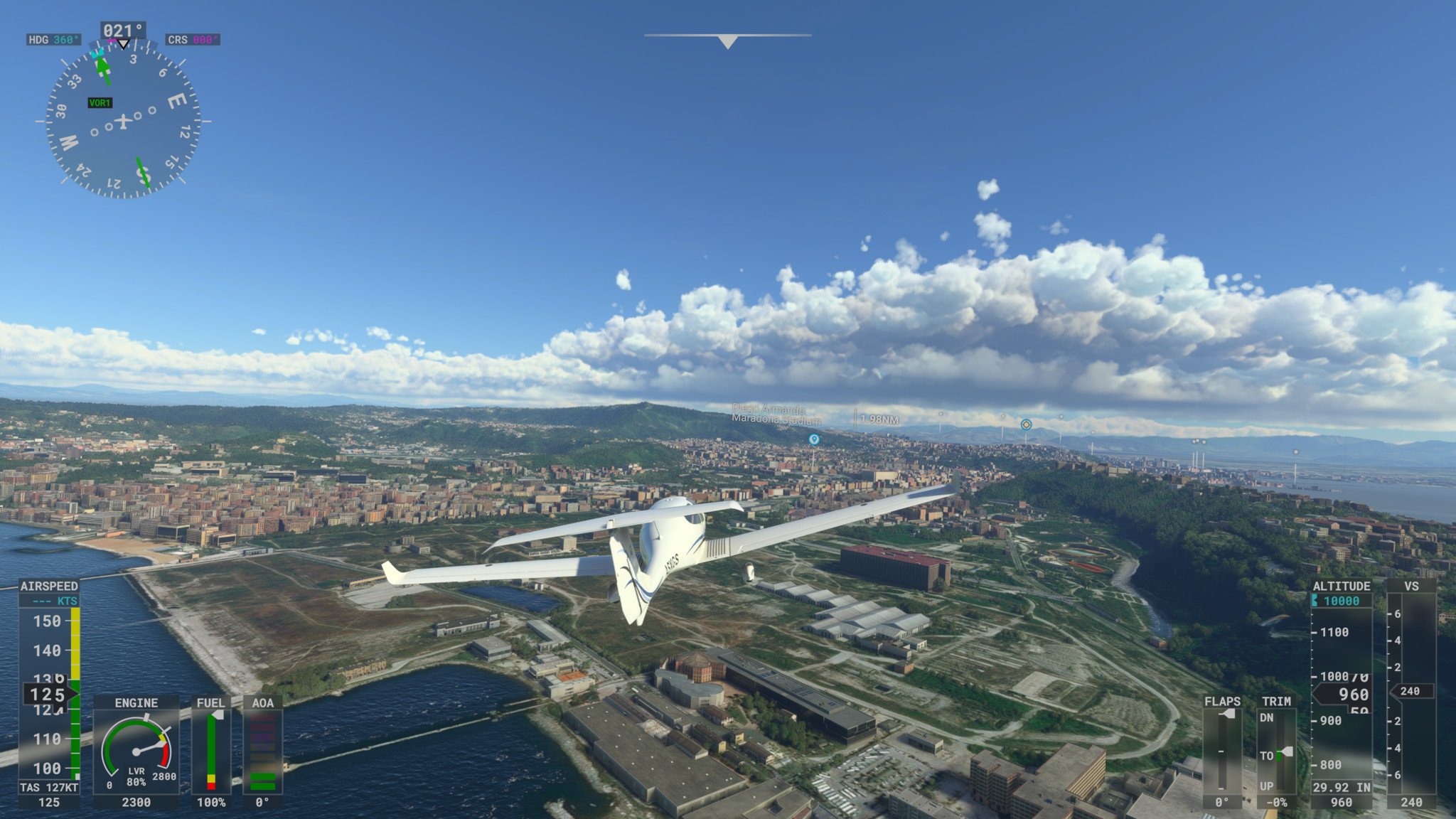

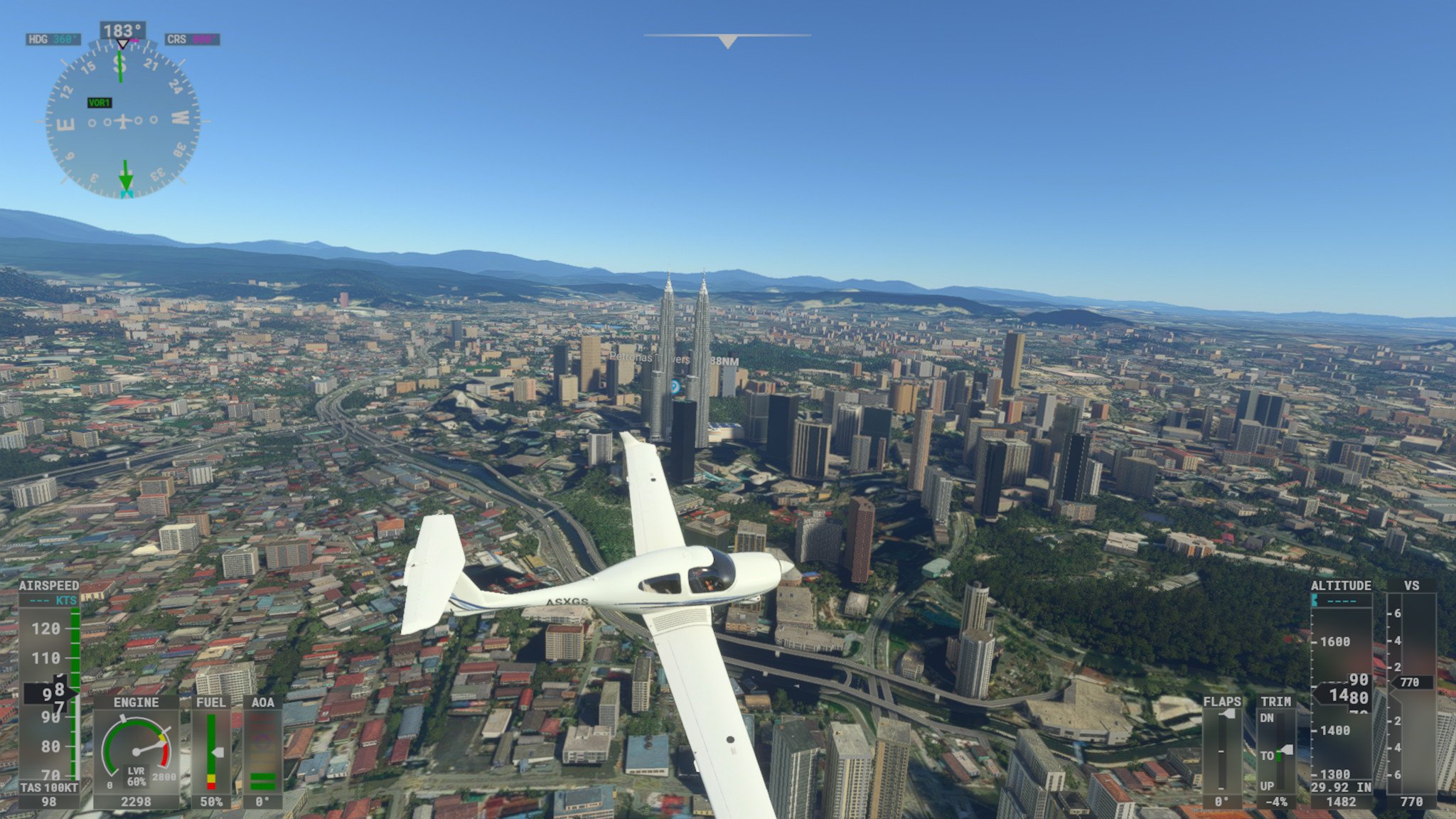

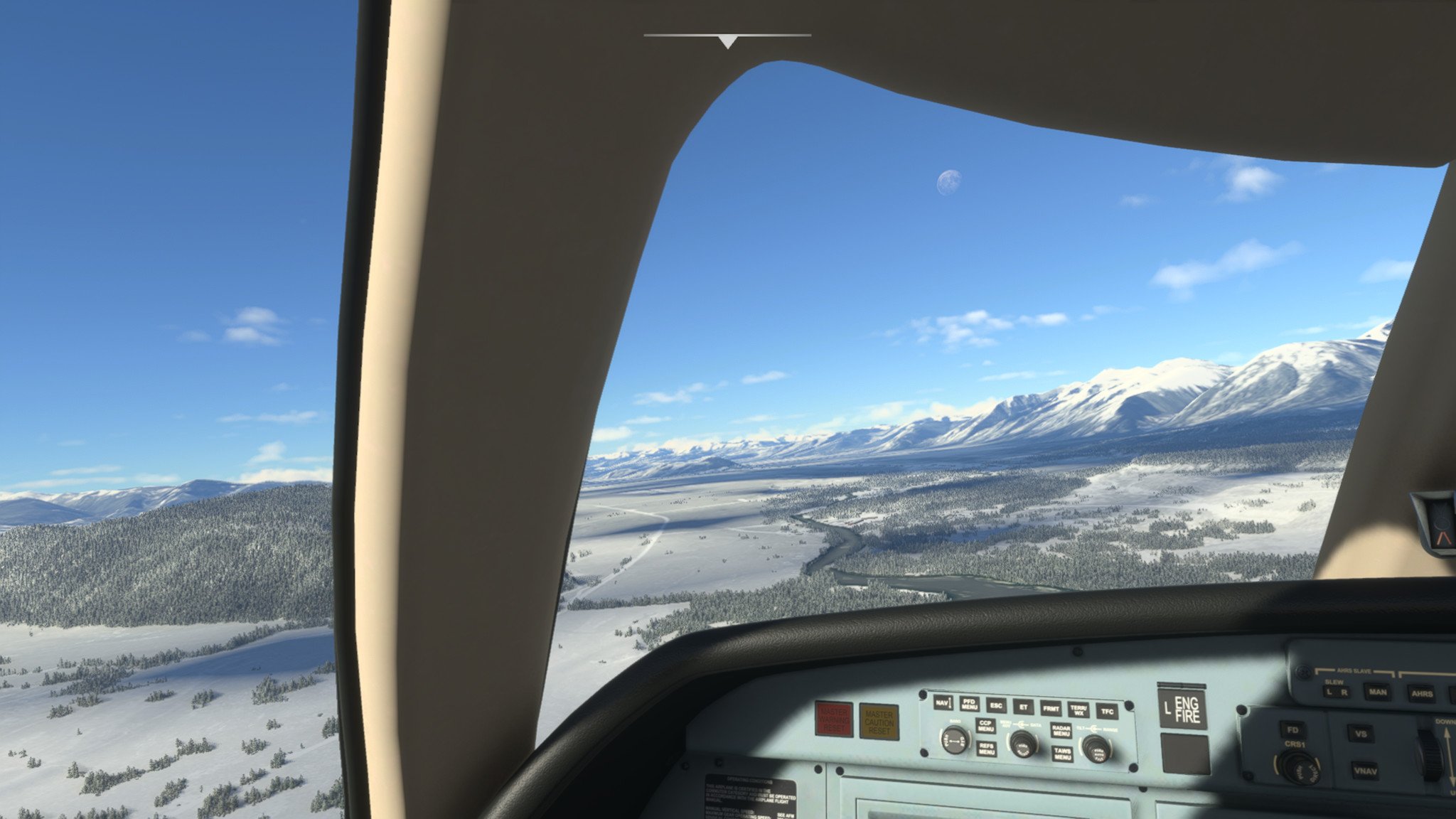

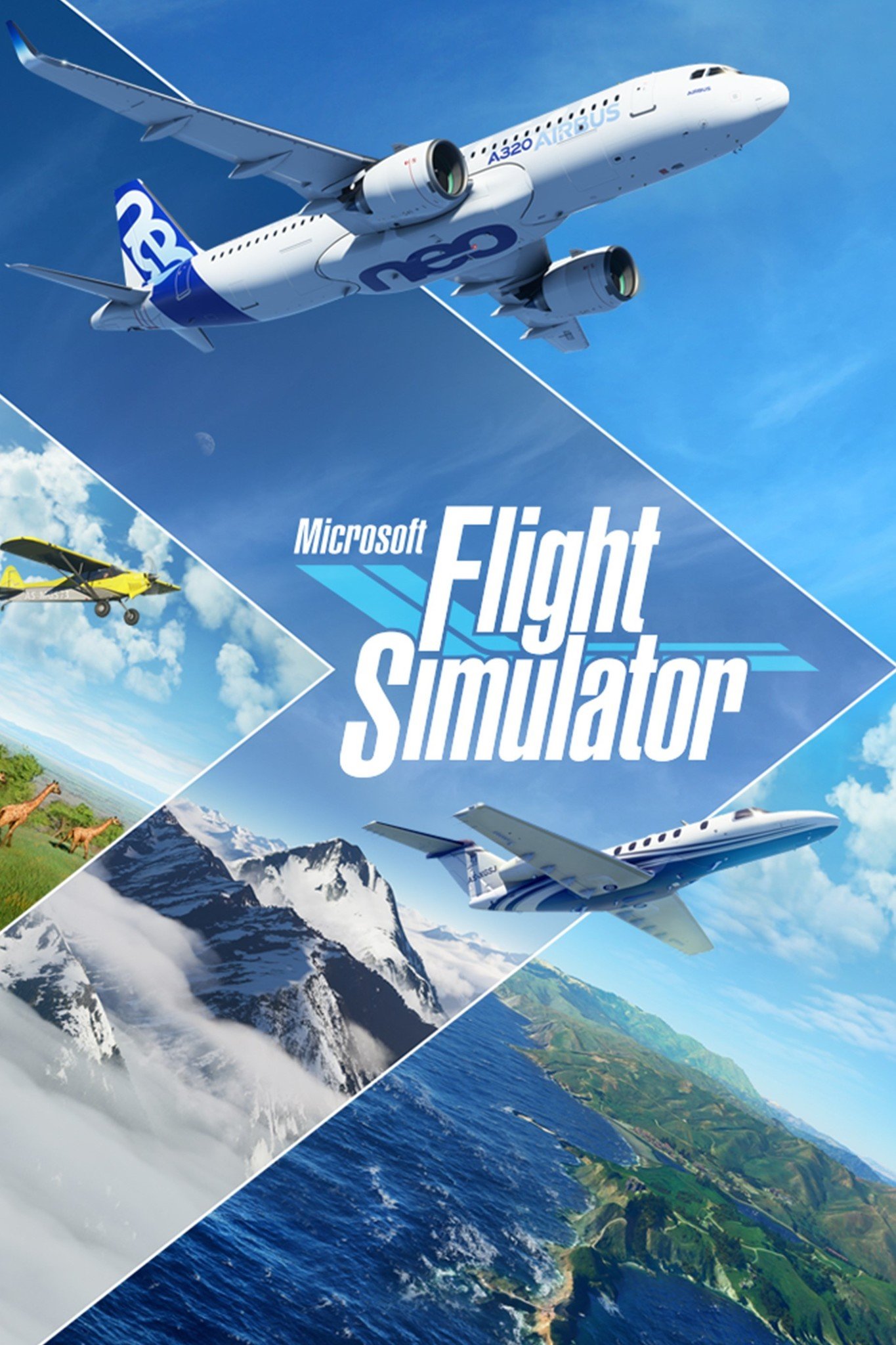
No comments: